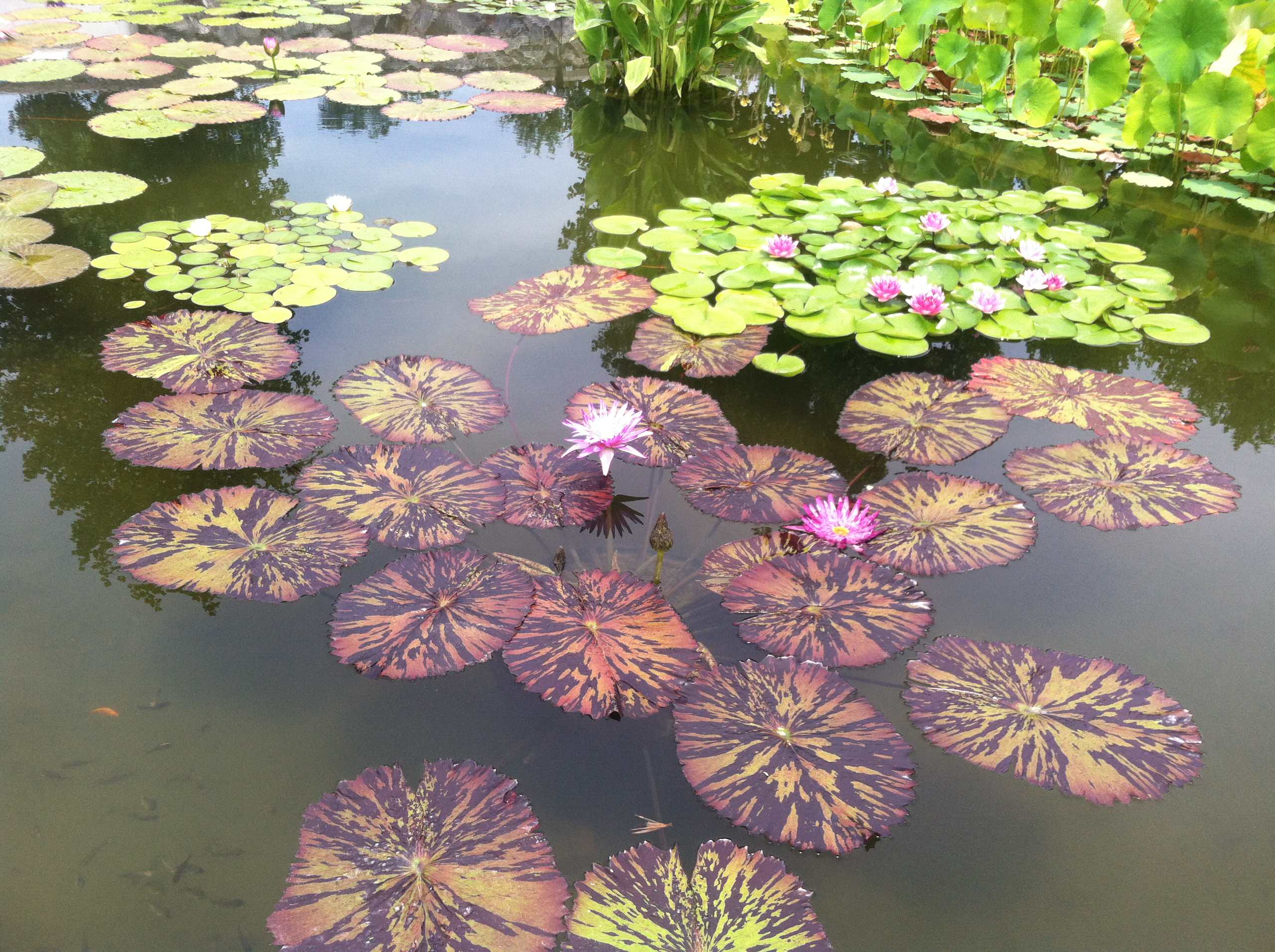Leading Landscape Designer for Sensational Garden and Lawn Designs
The Duty of Garden Design in Supporting Sustainability and Biodiversity
Garden layout is progressively acknowledged for its prospective to foster sustainability and enhance biodiversity within urban and rural landscapes. By focusing on native plant species and using water preservation strategies, developers can create atmospheres that not only flourish but likewise require marginal chemical intervention.
Significance of Indigenous Plants
Stressing the use of indigenous plants in yard style is essential for advertising environmental balance and sustainability. Indigenous plants are those that naturally happen in a particular area and have adapted to the neighborhood environment, dirt, and wildlife. Their incorporation into yards supports neighborhood environments by giving habitats and food resources for indigenous pollinators, birds, and other wildlife.
In addition, native plants are typically more immune to local insects and diseases, lowering the requirement for chemical pesticides and plant foods. This resistance not just minimizes ecological effect but additionally decreases upkeep prices for gardeners. In addition, indigenous plants typically require less water than non-native species, aligning with sustainable horticulture techniques and reducing the stress on neighborhood water resources.
Water Preservation Techniques
Integrating indigenous plants not just enhances biodiversity but likewise plays a substantial duty in water conservation within garden layouts. Indigenous species are adapted to local climate conditions, needing much less water than non-native equivalents. Landscape Designer. This particular reduces the need for irrigation, saving both water resources and energy
Furthermore, executing rain yards can record and filter stormwater overflow, promoting groundwater recharge while minimizing erosion. These yards make use of native plants that thrive in damp problems, efficiently handling excess water while creating diverse habitats.

An additional reliable method is making use of permeable paving products in pathways and outdoor patios, enabling rainwater to penetrate the ground rather than running off. This promotes moisture retention and decreases the demand for watering.
Last but not least, installing a rainwater harvesting system can considerably add to water conservation initiatives. Accumulating and saving rainwater for yard usage encourages lasting methods and minimizes dependence on municipal water resources (garden design near Summerville SC). By integrating these techniques, yard layouts can successfully advertise water preservation while supporting environmental wellness
Lowering Chemical Use
While numerous gardeners look for vivid and healthy plants, minimizing chemical use is necessary for cultivating a sustainable community. The dependence on synthetic fertilizers and pesticides can cause soil deterioration, water contamination, and a decline in valuable insect populations. By embracing natural gardening methods, garden enthusiasts can improve the wellness of their landscapes while advertising biodiversity.
One reliable approach is to use garden compost and natural modifications, which enhance the soil naturally and enhance its structure. landscape design near Summerville South Carolina. These methods not only enhance plant health however additionally minimize the need for chemical fertilizers - Landscape Designer. Carrying out integrated parasite management (IPM) techniques even more decreases chemical inputs by encouraging natural predators, such as ladybugs and parasitical wasps, to regulate pest populaces
Additionally, choosing indigenous plant types can substantially lower the requirement for chemical interventions, as these plants are better adapted to regional conditions and are much more resilient versus pests and diseases. By prioritizing sustainable techniques, gardeners can produce prospering environments that support both plant wellness and ecological community integrity, ultimately bring about gardens that are not only stunning however likewise environmentally liable. Lowering chemical use is a critical action in cultivating gardens that honor and enhance the environment.
Developing Wild Animals Habitats
Developing vibrant wildlife environments within yards not only enhances biodiversity yet additionally complements sustainable gardening practices focused on lowering chemical usage. By incorporating indigenous plants, garden enthusiasts can provide vital sources such as food and shelter for various species, including birds, insects, and tiny creatures. Native plants are well-adapted to regional problems, needing less water and less chemical inputs, thus straightening with sustainability objectives.

Keeping a naturalistic technique, which might consist of leaving some locations wild or uninterrupted, permits the all-natural processes of environments to prosper. This technique motivates the visibility of advantageous insects and pollinators, which play an important role in the health and wellness of both yards and bordering settings. Overall, producing wild animals habitats is a fundamental aspect of sustainable yard layout, promoting ecological equilibrium and strength while enhancing the appeal and capability of exterior spaces.
Neighborhood Interaction in Horticulture
Community interaction in horticulture cultivates a feeling of belonging and cumulative responsibility, transforming private horticulture efforts into shared efforts that profit the whole neighborhood. By entailing neighborhood participants in horticulture tasks, we can cultivate not just plants yet additionally relationships and socials media. Regional gardens serve as crucial areas for education, where individuals of any ages can discover regarding sustainable practices, biodiversity, and environmental stewardship.
Joint horticulture initiatives, such as area gardens, promote the exchange of knowledge and resources, ensuring that all participants can contribute and profit. This inclusivity enhances neighborhood strength, as participants work with each other to get over challenges such as food instability and ecological destruction. Additionally, community yards can act as platforms for cultural expression, allowing people to share their heritage with varied planting and gardening strategies.
In addition, involving the community in horticulture efforts can result in increased awareness of regional environments and the value of biodiversity. By working jointly to design and preserve these spaces, homeowners foster a common commitment to sustainability, producing a long-term influence on both the setting and community cohesion. Eventually, area interaction in horticulture is an effective tool for promoting ecological stewardship and boosting the high quality of life within areas.
Conclusion
In verdict, calculated yard layout significantly adds to sustainability and biodiversity. By highlighting the use of indigenous plants, implementing water conservation methods, and lessening chemical inputs, gardens can successfully sustain neighborhood environments. Additionally, the development of wildlife habitats and promoting neighborhood engagement further boost ecological stewardship. Jointly, these methods not just enhance the appeal of rooms yet also promote eco-friendly equilibrium, making yard layout a see crucial element in the search of a lasting future.